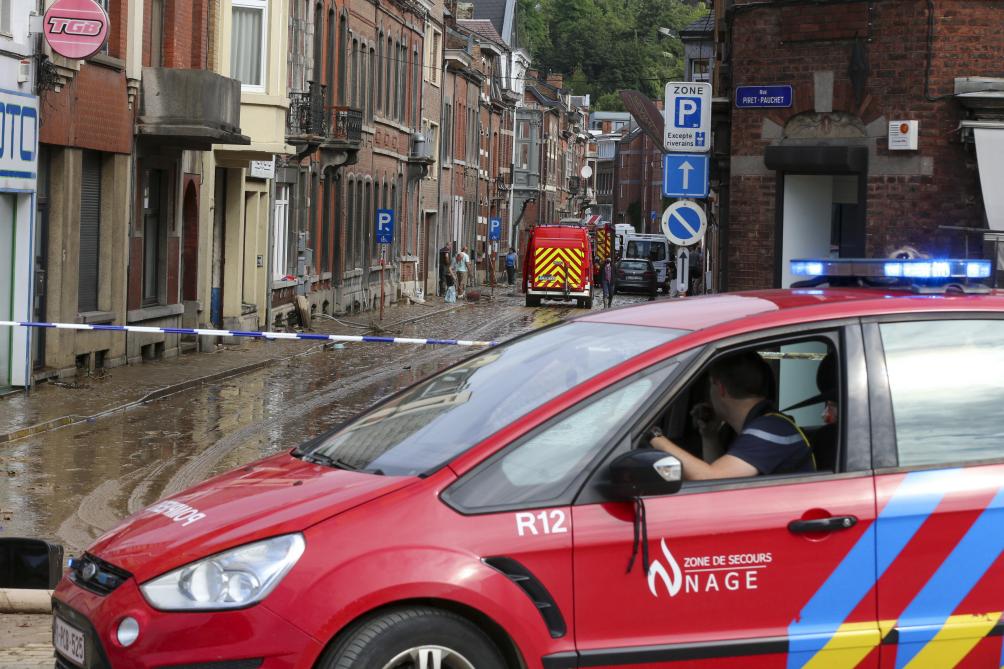The death toll after the floods in parts of Belgium over a week ago has risen to 41, while two people are still missing, announced Walloon Minister-President Elio Di Rupo at a press conference on Tuesday.
While Di Rupo could not yet give an estimate of the total damage, he stated that 202 of the 262 Walloon municipalities are eligible to apply for help from the Disaster Fund.
"This gives you the scale of the drama we are experiencing," he said.
Additionally, the Walloon government will set up a mechanism to facilitate donations, "because we will need a lot of money" for reconstruction, according to Di Rupo.
Last week, he announced that the Walloon government already set aside an initial sum of €2 billion for this purpose.
Related News
- People suffering severe flood damage entitled to temporary unemployment
- New rainfall, new flooding - new normal?
- Walloon government frees initial €2 billion for reconstruction after floods
Among several measures that Di Rupo announced is the launch of a stock market of 750 containers to accommodate economic activities destroyed by the floods, as well as measures to remove pests and oil pollution.
To make sure that the reconstruction happens according to plan, a special commissariat is also being created, which will stay in place for at least one year, to act as a liaison between the various authorities involved.
Catherine Delcourt, who is the district commissioner of the province of Liège, and Sylvie Marique, who is the general secretary of the Walloon administration, will be in charge of the commissariat.
Additionally, Prime Minister Alexander De Croo added that Wallonia could continue to count on federal support, and that 250 soldiers are still on the scene.
On top of that, "the limit on donations from companies will be lifted," he said, adding that at the moment, that limit is still €500,000 per year.
On Monday, Home Affairs Minister Annelies Verlinden announced the end of the federal phase of crisis management, which took effect on Thursday 15 July.
However, while regional authorities, governors and local authorities are taking over the task of further clean-up and reconstruction, the federal government - including the federal police and the Civil Protection - remains available for assistance as long as necessary, and where possible.

